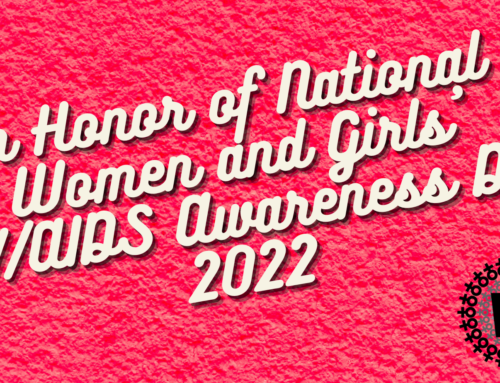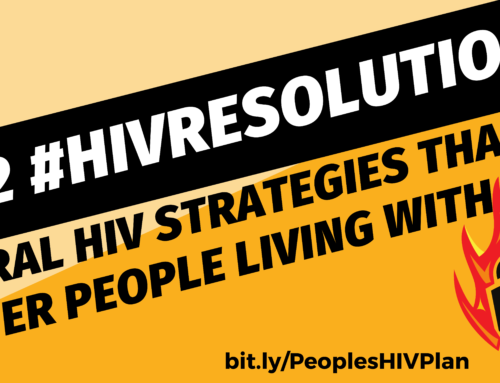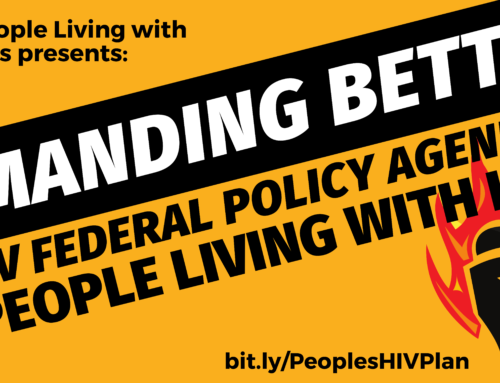Excerpts from Women and HIV: A Nuanced Epidemic by Naina Khanna — The HIV epidemic among women in the U.S. largely affects women of color, low income women, and women with dependents. Over 80% of women living with HIV in the U.S. are women of color. While African-American women make up about 12% of the U.S. female population, a shocking 66% of new AIDS diagnoses among women in 2006 were African-American. Latinas represented 16% and Caucasian women 17% of new diagnoses in that same year, though they are 13% and 68% of U.S. women, respectively.
The rate of HIV infections among black women is nearly 15 times as high as that of white women, and nearly four times that of Latinas. According to the HIV Cost and Services Utilization Study, 64% of women with HIV receiving medical care had annual incomes under $10,000, compared with 41% of men. And the overwhelming majority of women with HIV in the study had children in their homes. This is drastically different from men with HIV.
For many HIV-positive women, their diagnosis has been a sentence to a lifetime of poverty as a result of complcated health insurance programs, employment discrimination, and income requirements for benefits such as housing and HIV medications. Women carry a heavy burden of family responsibility, and factors such as poverty, homelessness, and racial discrimination add to the burden and contribute to their vulnerability to HIV infection. Once a woman is diagnosed, these factors may have a negative effect on her quality of care and can lead to poor health outcomes.
A CDC study released in July 2010 showed that among heterosexuals in low-income urban areas, poverty was the major factor driving HIV infection. In fact, people in the study living below the poverty line had double the risk for HIV than those living above it. Prevalence for both groups in these low-income areas was far higher than the national average. The study further concluded that “in epicenter cities such as Washington, DC and New York City, rates of heterosexual transmission among low-income populations are enough to sustain an epidemic independently of populations traditionally considered to be at higher risk [defined in the CDC’s press release as sex workers and MSM].”
The truth is, we do know which women are most likely to acquire HIV. All women may be at risk, but low-income women — especially black and Latina women in major urban areas with high HIV rates — have a much greater risk of HIV infection.
Lifting As We Climb: Women of Color, Wealth, and America’s Future, a report released by the Insight Center earlier this year, documented enormous economic differences between black, Latina and white women in the U.S. According to the report, “single black and [Latina] women have one penny of wealth for every dollar of wealth owned by their male counterparts and a tiny fraction of a penny for every dollar of wealth owned by white women.” Excluding cars, single black women have a median wealth of $100 and Latina women $120, while the median wealth of single white women is $41,500. This is partially due to lack of economic opportunity, housing and food insecurity, limited social mobility, and the fact that in the U.S., health care is largely tied to employment. Thus, women living in poverty (largely black and Latina women) are most vulnerable to poor health outcomes overall and have less access to health care, including HIV prevention.
The first-ever National HIV/AIDS Strategy, released in July 2010, discusses the extent of the HIV crisis among black and Latina women. The next step should be targeted initiatives to address the prevention, care, support, and anti-stigma needs of black and Latina women. These should be developed with input and decision-making from all stakeholders, including HIV-positive women from those communities and the people who work with them.






